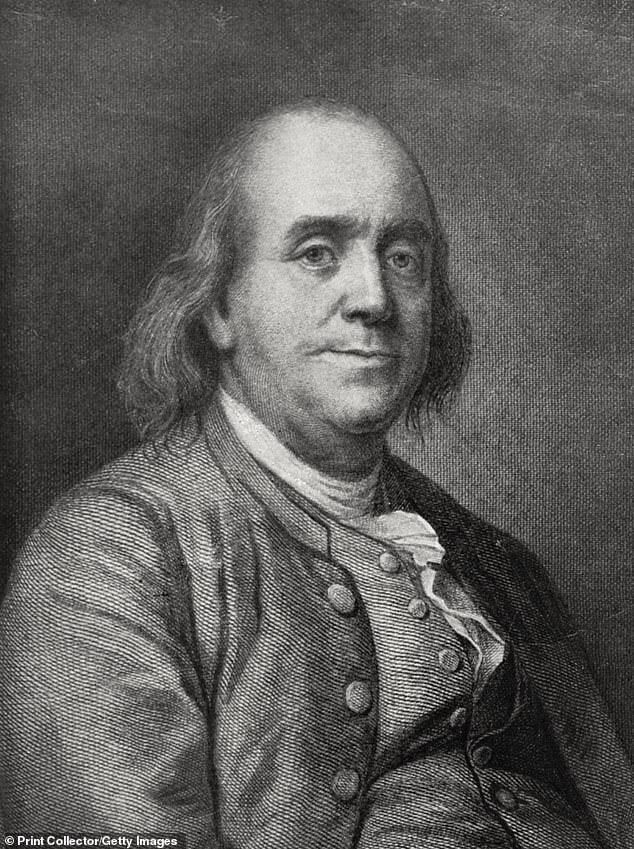If pigs could fly, what would their wingspan be?
- Is there a question you would like to know the answer to? Or do you know the answer to a question here?
- Write to: Charles Legge, Answers To Correspondents, Daily Mail, 9 Derry Street, London W8 5HY; or email charles.legge@dailymail.co.uk
QUESTION If pigs could fly, what would their wingspan be?
Your average market hog weighs about 300 pounds (135 kg), while others can grow to as much as 900 pounds (410 kg).
This puts them within reach of the largest known flying animal, a dinosaur called Quetzalcoatlus northropi.
It is believed to have weighed 135 kg to 225 kg. It had an estimated wingspan of 30 ft to 35 ft (9 m to 10.5 m).
However, Q. northropi was physically different from a pig. It had hollow bones, was slightly shorter than a giraffe and behaved like a gigantic heron.
It’s safe to say that a large pig needs a wingspan of 20 to 30 feet to fly.

Dinosaur Quetzalcoatlus northropi depicted in the movie Jurassic Park Dominion
Perhaps it is better to compare our pig with a light airplane.
In the late 1960s, American aircraft designer Jim Bede created the Bede BD-5, a small, home-built, single-seat aircraft.
This, when occupied by a pilot, had a weight of 500 lb to 600 lb (225 kg to 275 kg), so in the big pig range.
This aircraft had a wingspan of 21 ft 6 in (6.55 m). It’s fair to say that a large pig would need a wingspan of 20 to 30 feet to fly, making for a very strange animal indeed.
Simon Wright, Bristol.
QUESTION Who was the very first known ‘whistleblower’?

Benjamin Franklin revealed confidential letters showing that British-backed Massachusetts Governor Thomas Hutchinson had deliberately misled Parliament (stock image)
Whistleblowers are informants who expose criminal acts, corruption, bullying and intimidation.
Some point to the actions of American politician Benjamin Franklin when he revealed confidential letters in 1773 that revealed that the British-backed Governor of Massachusetts, Thomas Hutchinson, had deliberately misled Parliament to promote a military build-up in the colonies.
There is some ambiguity surrounding this matter, so a better guess might be the actions of American sailors Richard Marven and Samuel Shaw of the Continental Navy during the American Revolutionary War.
In 1777 they provided evidence that their commander-in-chief, Esek Hopkins, was torturing British prisoners.
The term “whistleblower” originated in the 19th century and meant “one who blows a whistle,” a whistler or an authority figure such as a police officer or referee.
It was not until 1974 that the term was defined by American consumer advocate Ralph Nader as “an act of a man or woman who, believing that the public interest outweighs the interests of the organization he serves, blows the whistle that the organization ( involved) in corrupt, illegal, fraudulent or harmful activities’.
Christine Bowes, London N13.
